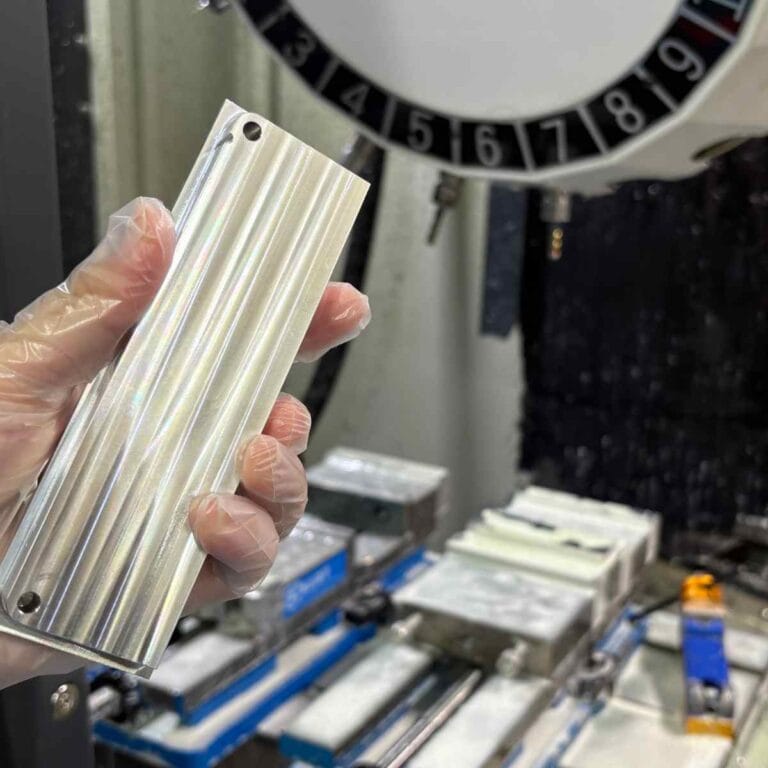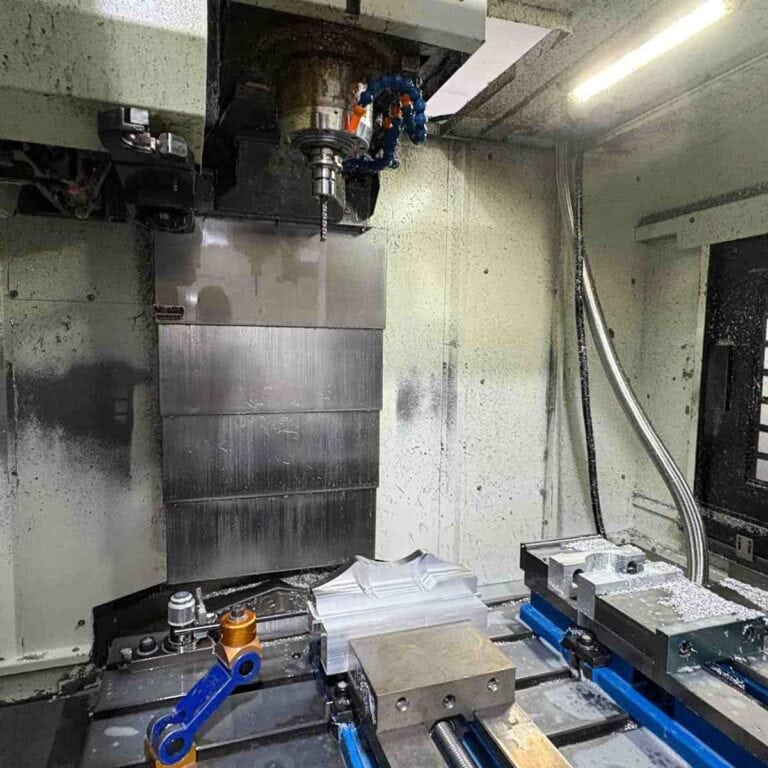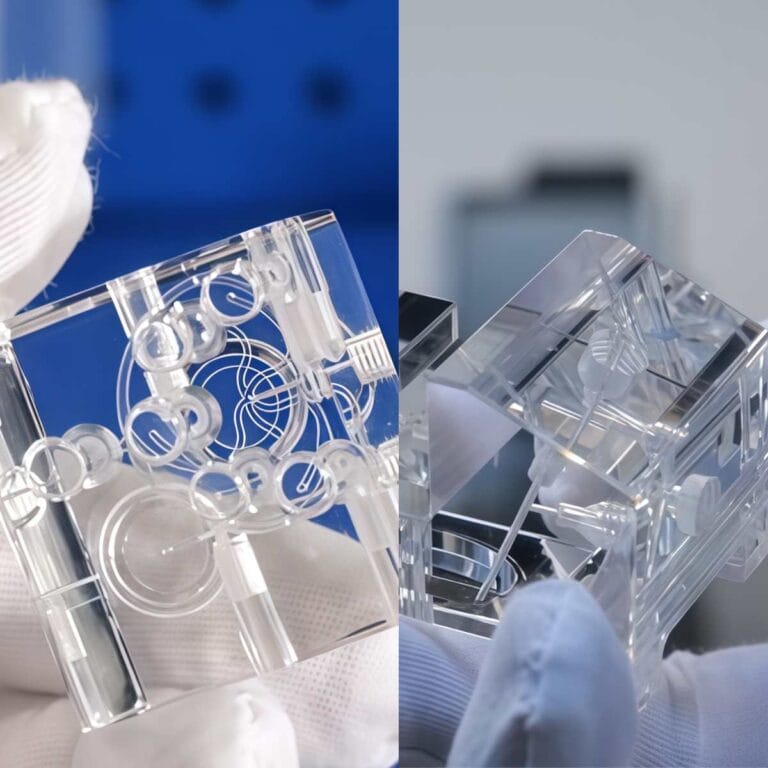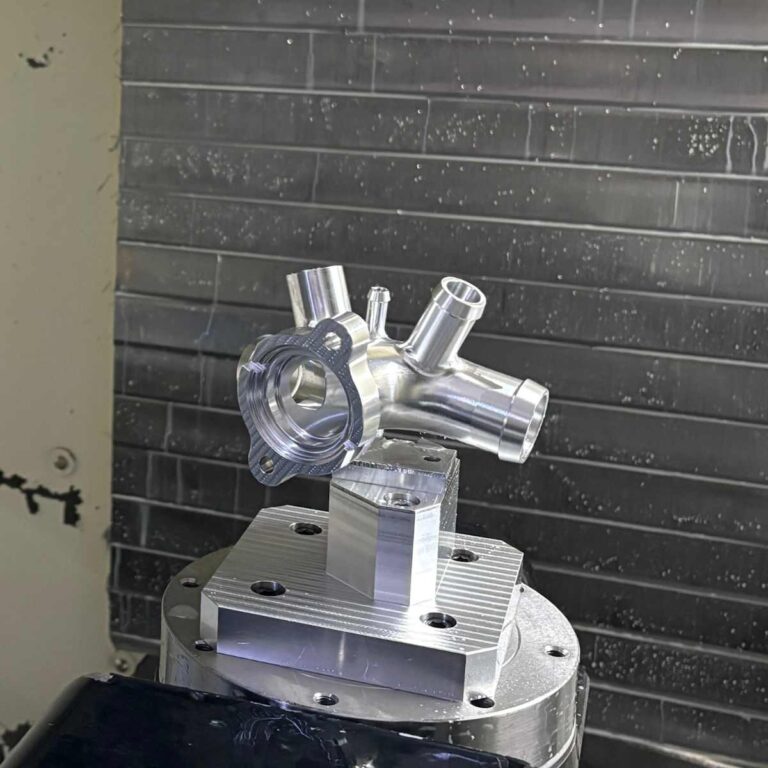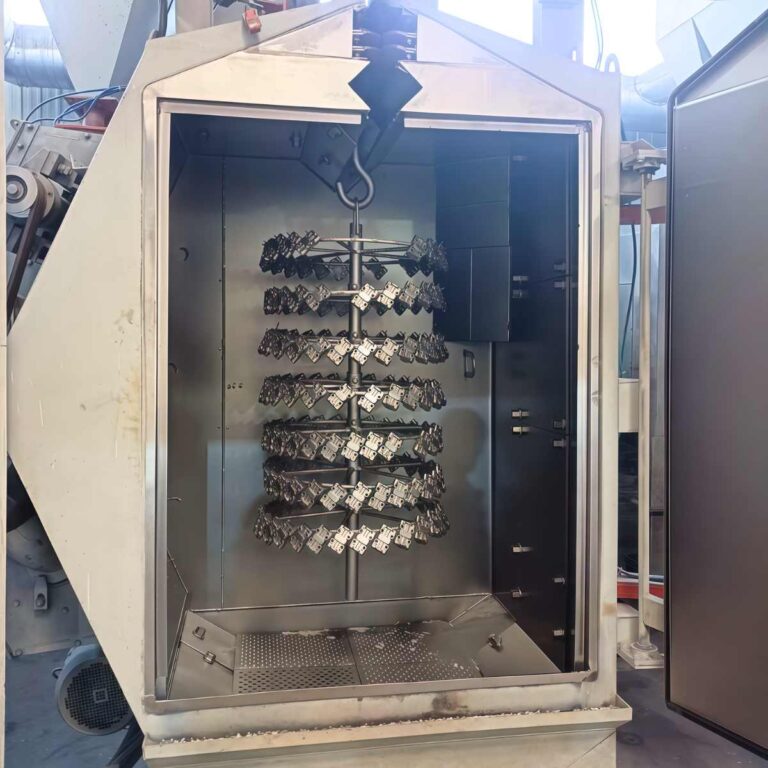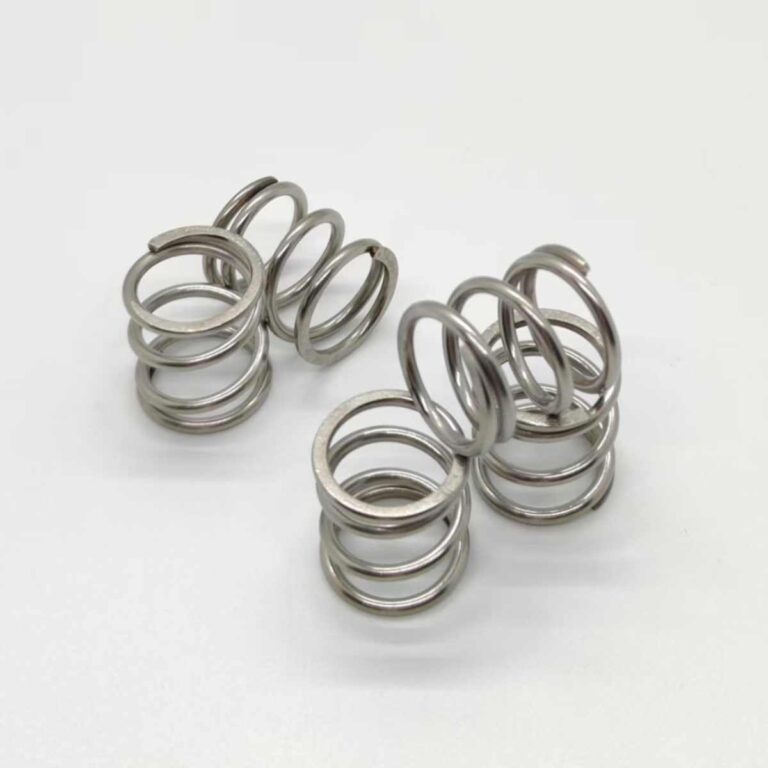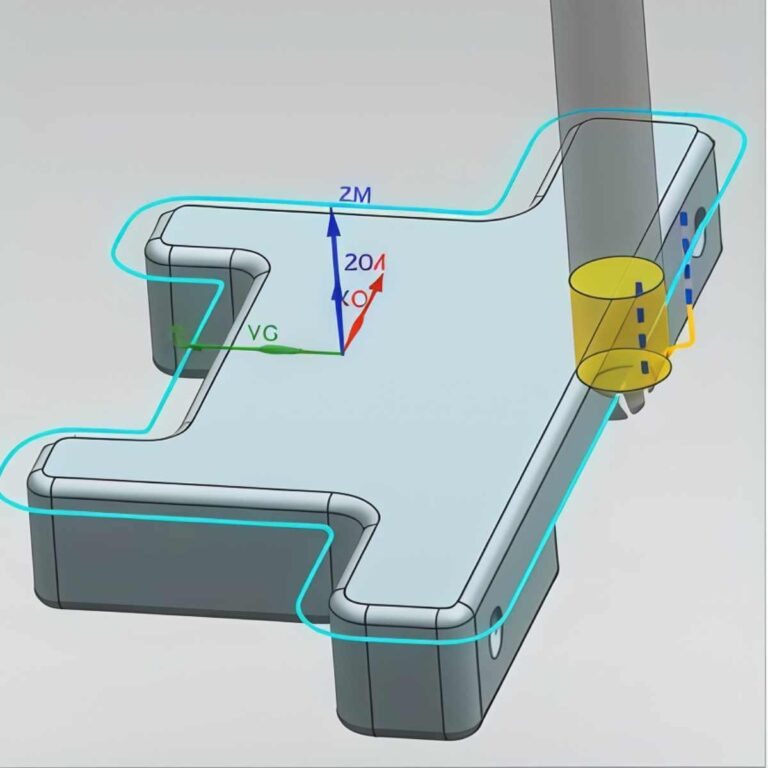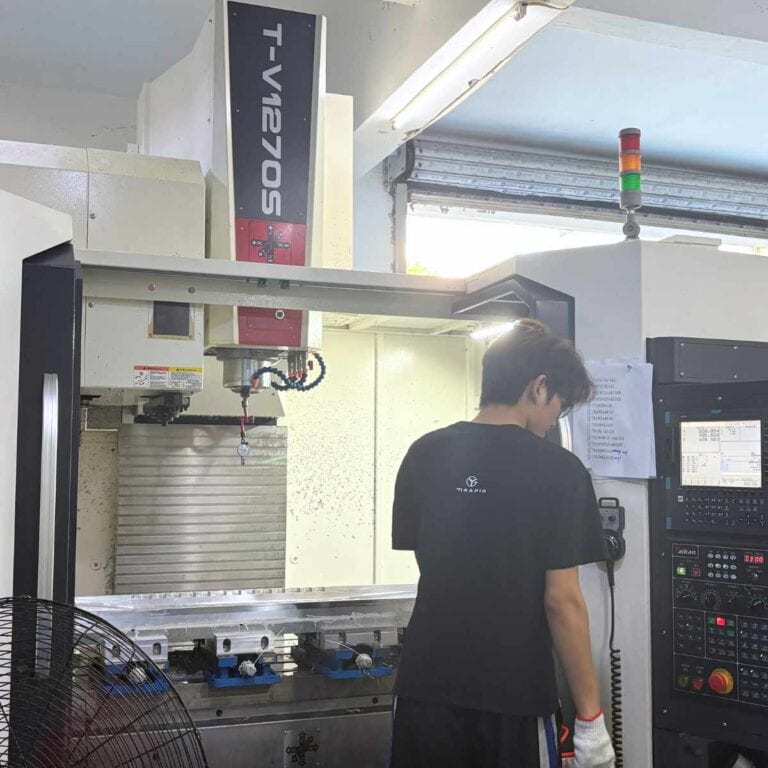Acrylic, also known as polymethyl methacrylate (PMMA), is a transparent thermoplastic widely used across industries for its strength, clarity, and formability. From aircraft windows to medical devices and signage, it offers a perfect balance of performance and aesthetics. Understanding how acrylic is produced reveals the precision chemistry and advanced manufacturing techniques behind its transparency and strength. This article explores how is acrylic produced— from chemical reaction to transparent sheets — unveiling the science, processing methods, and applications that make it one of the most important engineering plastics in modern manufacturing.
What Is Acrylic
Acrylic, also known as polymethyl methacrylate (PMMA), comes from petrochemical sources. It is made by polymerizing acrylic acid or methyl methacrylate (MMA), both derived from natural gas or crude oil. During production, monomers of MMA combine into long molecular chains through a chemical process called polymerization, typically initiated by heat or light with a catalyst such as benzoyl peroxide. The result is a transparent thermoplastic prized for its clarity, strength, and weather resistance.
Get 20% offf
Your First Order
During production, the polymerization temperature is carefully controlled between 60–100°C to ensure consistent optical quality. The result is a solid, glass-like material that can be cast, extruded, or molded into various forms. Compared with glass, acrylic weighs 50% less yet offers 17 times more impact resistance.
In industrial practice, the process starts with MMA liquid poured into molds, then cured into rigid sheets. For example, in TiRapid’s workshop, precision-controlled CNC machining further refines acrylic components for use in medical devices, lighting covers, and automotive displays. This balance of transparency and machinability makes acrylic an ideal material for both prototyping and mass production.
How Is Acrylic Made
Acrylic, scientifically known as polymethyl methacrylate (PMMA), is produced through a carefully controlled chemical process called polymerization. It begins with methyl methacrylate (MMA) monomers, which react with catalysts such as benzoyl peroxide under heat or light to form long polymer chains. These chains create the transparent, glass-like plastic known for its strength and UV resistance.
Once the polymer is formed, it’s transformed into solid sheets using either casting or extrusion. The casting method yields superior optical clarity and is ideal for high-end products like display panels and medical enclosures, while extrusion offers efficiency for thinner sheets and mass production.
After forming, the sheets undergo curing and cooling, where precise temperature control eliminates internal stresses and preserves optical transparency. Additives such as pigments, stabilizers, and UV absorbers can be introduced to improve performance. Finally, the acrylic is machined, shaped, and polished — often by CNC milling or flame finishing — to achieve the smooth, glossy surfaces seen in modern products.
What Are the Main Production Methods for Acrylic
Acrylic processing refers to the series of precision manufacturing methods that turn raw polymethyl methacrylate (PMMA) sheets or blocks into functional, aesthetic, and durable components. Depending on the design complexity and intended application, the fabrication process may include cutting, CNC machining, bending, bonding, and polishing. Each step influences not only the visual clarity of acrylic but also its mechanical strength and dimensional stability.
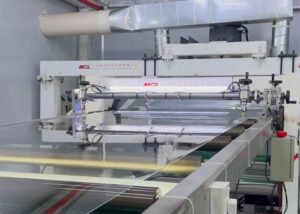
1. CNC Machining and Milling
CNC machining remains the most widely used method for shaping acrylic due to its high accuracy and repeatability. Using multi-axis CNC milling or CNC turning, acrylic can be processed into parts with dimensional tolerances up to ±0.02 mm. This makes it suitable for precision optical housings, mechanical components, and instrument panels. Coolant is often avoided during machining because moisture can cause clouding or cracks, so dry cutting with sharp carbide tools or diamond bits is preferred.
In TiRapid’s workshop, for instance, CNC routers operate at 18,000–22,000 rpm when cutting 10 mm PMMA sheets, ensuring clean edges without stress marks. Post-machining annealing is performed to remove internal stress and prevent deformation during later use.
2. Laser Cutting and Engraving
Laser cutting has become the go-to method for achieving smooth, polished edges without secondary finishing. Using CO₂ or fiber lasers, acrylic sheets are vaporized along the cutting line, leaving behind a clear, glossy edge. This technique is ideal for decorative panels, logos, and electronic display covers. Laser engraving, on the other hand, is used to etch detailed text or patterns on the surface for branding or design purposes. The precision is typically within ±0.1 mm, making it one of the cleanest cutting technologies available.
3. Heat Bending and Thermoforming
Acrylic becomes malleable when heated between 140 °C and 180 °C. During strip heating, localized sections of the sheet are softened by a resistance wire and bent into desired angles. For more complex, three-dimensional shapes such as domes or display covers, drape forming or vacuum forming is applied. In vacuum forming, the softened sheet is pulled tightly over a mold using negative air pressure, achieving high geometric accuracy. This method is often used for lighting fixtures, point-of-sale displays, and protective enclosures.
4. Solvent Welding and Adhesive Bonding
Joining acrylic components requires transparent and durable bonding. Solvent welding is one of the most effective methods, where a chemical solvent such as methylene chloride or chloroform softens the surfaces, allowing the parts to fuse into a seamless joint upon evaporation. The resulting joint is often stronger than the material itself. For quick assembly, cyanoacrylate (super glue) or UV-curing adhesives may also be used, especially in optical or medical device applications.
5. Polishing and Surface Finishing
The final stage of acrylic fabrication focuses on restoring optical clarity and enhancing appearance.
Buffing with a fine polishing compound removes micro-scratches, while flame polishing briefly melts the surface using an oxyhydrogen torch, creating a mirror-like gloss. In high-end applications like lenses or light guides, vapor polishing—where the surface is exposed to a solvent vapor—can achieve a surface roughness as low as Ra 0.3 μm.
Quality control follows every step, including light transmission testing (up to 93%), stress analysis, and impact resistance measurement. These ensure the finished acrylic meets both functional and aesthetic expectations.
How Is Acrylic Refined and Finished After Production
After the manufacturing of acrylic sheets, several refining and finishing processes are applied to enhance their strength, optical clarity, and durability. These steps are critical to transforming raw acrylic into high-quality materials used in fields such as architecture, medical devices, and consumer products. Refinement involves multiple stages including stress relief, surface polishing, precise cutting, bonding, and final quality inspection.
| Step | Process Type | Main Purpose | Key Data / Range | Common Applications |
| 1 | Annealing | Relieve internal stress | 80–90 °C for 2–6 hours | Thick sheets, formed parts |
| 2 | Polishing | Improve optical clarity | Surface roughness Ra 0.3–0.8 µm | Displays, lenses, lighting |
| 3 | Laser or Precision Cutting | Ensure dimensional accuracy | Tolerance ±0.05 mm | Panels, signage, enclosures |
| 4 | Bonding / Welding | Seamless joining of parts | Solvent or UV adhesive | Transparent housings, tanks |
| 5 | Final Quality Inspection | Optical & mechanical testing | 93% light transmittance, ASTM D4802 | Aerospace, medical, consumer goods |
After production, acrylic refinement involves multiple precision processes to achieve perfect transparency, strength, and finish. Each stage — from stress relief to polishing and bonding — enhances the material’s optical and structural performance, preparing it for demanding industrial and decorative uses.
1. Surface Finishing and Polishing
Polishing eliminates machining marks and restores clarity. Mechanical buffing and flame polishing create mirror-like surfaces, while vapor polishing can reduce roughness to Ra 0.3 µm, matching optical-grade glass clarity.
2. Annealing (Stress Relief Treatment)
During fabrication, internal stress builds up, risking cracks or warping. Annealing at 80–90 °C allows molecular relaxation and stabilizes structure — critical for thick or curved sheets.
3. Precision Cutting
CNC routers and CO₂ lasers are used for precise trimming. Laser cutting also seals edges, ensuring smooth, dust-free, and glossy surfaces for LED diffusers or transparent enclosures.
4. Bonding and Assembly
Transparent joints are achieved through solvent bonding (using dichloromethane) or UV-cured adhesives, forming near-invisible seams. For example, TiRapid used UV bonding to assemble a display cover, achieving 95% light transmission.
5. Final Testing and Inspection
Each sheet undergoes optical haze measurement, impact testing, and thickness verification per ASTM D4802 or ISO 7823. Products meeting 93% light transmittance and consistent thickness are approved for use in aerospace, medical, and high-end retail industries.
What Types and Grades of Acrylic Exist Today
Acrylic plastics are available in various types and grades to suit different industrial and design applications. Although all are derived from polymethyl methacrylate (PMMA), their properties—such as clarity, strength, and thermal stability—depend on how they are processed. Today, two main production types dominate the market: cast acrylic and extruded acrylic.

- Cast Acrylic (Cell Cast PMMA)
Cast acrylic is made by pouring liquid methyl methacrylate into glass molds and polymerizing it under controlled temperature and pressure. The result is a material with exceptional optical clarity, hardness, and chemical resistance. Its light transmittance can reach up to 93%, equivalent to that of optical glass. Cast acrylic also resists crazing and retains stability under high temperatures, making it ideal for display panels, aquariums, and high-end furniture. Because of its excellent surface finish, it’s often used in precision machining and CNC engraving projects. - Extruded Acrylic
Extruded acrylic is produced by continuously pushing molten PMMA through a die. This process ensures consistent thickness and high dimensional accuracy, which makes it more cost-effective than cast acrylic. While its surface hardness is slightly lower, it offers great flexibility and is easier to cut, thermoform, and bond. It’s commonly used for signage, lighting diffusers, protective covers, and general-purpose fabrication. - Specialty Acrylic Grades
In addition to these two base types, modern acrylics also include specialized grades:
Impact-Modified Acrylic: Enhanced with rubber particles, this grade offers higher impact resistance, suitable for automotive or public-use applications.
UV-Resistant Acrylic: Contains UV absorbers to prevent yellowing in outdoor exposure.
Anti-Static and Hard-Coated Acrylic: Designed for cleanrooms, electronics, and touchscreens.
Colored and Textured Acrylic: Available in frosted, mirrored, and fluorescent finishes for aesthetic applications.
Selecting the right type or grade depends on the balance between optical quality, strength, cost, and environmental durability. For example, TiRapid’s machining team often uses cast PMMA for high-precision optical housings and extruded acrylic for cost-sensitive protective covers, ensuring performance without overspending.
Where Is Acrylic Used in Modern Industries
Acrylic has become an essential material across a wide range of industries thanks to its excellent optical clarity, lightweight structure, and durability. It offers a glass-like appearance with superior impact resistance, making it ideal for both functional and decorative purposes. From precision medical components to creative art installations, acrylic’s adaptability continues to shape modern design and engineering.
| Industry | Application Examples | Why Acrylic? (Key Benefits) |
| Architecture & Furniture | Skylights, partitions, furniture, lighting covers | Lightweight, shatter-resistant, easy to shape |
| Advertising & Display | Signage, display cases, retail stands | 92% light transmission, UV stability, high gloss |
| Automotive & Transportation | Headlight covers, windows, dashboards | Scratch resistance, vibration tolerance, clarity |
| Medical & Healthcare | Incubators, surgical shields, dental devices | Biocompatibility, sterilizability, high precision |
| Consumer & DIY Projects | Aquariums, lamps, protective shields | Easy to cut, bond, and customize |
| Electronics & Appliances | Washing machine covers, control panels | Transparency, chemical resistance, design flexibility |
Acrylic’s versatility lies in its ability to balance strength, transparency, and processability. In architecture, it replaces glass for safety and energy efficiency. In advertising, extruded acrylic sheets provide vivid illumination and brand visibility. The automotive industry relies on acrylic for durable, optical-grade components that resist vibration and UV damage. Medical manufacturers prefer cast PMMA for devices requiring transparency and hygiene, while hobbyists value its machinability for custom creations.
What Does the Future Hold for Acrylic Manufacturing
The acrylic industry is undergoing rapid transformation driven by sustainability goals, smart manufacturing, and material innovation. While traditional PMMA remains a core material in engineering and design, the next generation of acrylics will focus on recyclability, bio-based raw materials, and energy-efficient production.
- Bio-Based and Recycled Acrylic Materials
To reduce reliance on petroleum-based monomers, manufacturers are investing in bio-derived methyl methacrylate (bio-MMA) made from plant-based feedstocks like corn and sugarcane. These sustainable alternatives can cut carbon emissions by up to 40% compared to conventional PMMA production. Additionally, chemical recycling technologies allow waste acrylic to be depolymerized back into reusable monomers — an emerging circular economy trend. - Smart Manufacturing and Digitalization
Industry 4.0 technologies are reshaping acrylic production lines. Automated polymerization systems and AI-driven quality control reduce material waste and ensure consistent optical performance. 3D printing with acrylic resins (photo-curable PMMA) is also expanding possibilities for rapid prototyping and medical implants with customized geometries. - Advanced Coatings and Hybrid Materials
Future acrylic sheets will integrate multi-layer coatings for improved scratch resistance, anti-fogging, and UV blocking. Hybrid composites combining PMMA with nanoparticles or elastomers are being developed to achieve greater toughness and flexibility, making acrylic viable for aerospace and high-performance optical components. - Environmental Responsibility and Market Growth
With global PMMA demand expected to reach USD 7.8 billion by 2030, manufacturers are under increasing pressure to adopt low-energy polymerization methods and closed-loop production. TiRapid, for example, has begun applying CNC precision cutting and laser forming to reduce waste in custom acrylic fabrication, aligning precision manufacturing with environmental awareness.
The future of acrylic manufacturing lies in innovation — where sustainability, digital efficiency, and high-performance materials converge to create smarter, greener, and more versatile acrylic products.
FAQs
What Are The Raw Materials For Acrylic?
Acrylic is primarily made from methyl methacrylate (MMA), a transparent thermoplastic monomer derived from petroleum or natural gas. During polymerization, MMA transforms into polymethyl methacrylate (PMMA), which is the base of all acrylic products. Depending on the grade, additives like UV stabilizers, color pigments, and impact modifiers are also used to improve clarity, strength, and weather resistance. About 90% of all acrylic sheets globally use PMMA as the main ingredient.
Where Does Acrylic Come From?
Acrylic originates from petrochemical sources, primarily acetone, hydrogen cyanide, and methanol, which are synthesized to produce methyl methacrylate (MMA). This liquid monomer undergoes polymerization to form solid PMMA resin. Initially developed in Germany and the UK in the 1930s, acrylic production has since expanded globally. Today, most industrial acrylic is produced in China, Japan, and the United States, accounting for over 70% of global supply.
Is Acrylic Environmentally Friendly?
Acrylic is partially eco-friendly but not fully biodegradable. However, modern recycling technologies now allow PMMA to be depolymerized into MMA monomers, enabling up to 95% material recovery. Compared to glass, acrylic production emits 30–40% less CO₂, thanks to lower melting temperatures. New innovations like bio-based MMA from plant feedstocks are further reducing environmental impact, making future acrylic manufacturing more sustainable and circular.
Is Acrylic Technically Plastic?
Yes, acrylic is technically a thermoplastic polymer, specifically known as polymethyl methacrylate (PMMA). It softens at around 100–160°C and can be reshaped multiple times without losing its optical properties. Unlike thermoset plastics, it doesn’t undergo irreversible curing. Acrylic’s transparency (92% light transmission) and low density make it one of the most popular engineering plastics for optical lenses, displays, and protective covers worldwide.
What Is The Difference Between Acrylic And Plexiglass?
Acrylic and Plexiglass refer to the same base material — polymethyl methacrylate (PMMA). The difference lies in branding: Plexiglass is a trademarked name introduced by Röhm & Haas in 1933. While “acrylic” is a general term, Plexiglass, Acrylite, and Perspex are trade names for PMMA sheets. Technically, both share identical properties: lightweight, shatter-resistant, and 10× stronger than glass, but Plexiglass is often associated with higher optical-grade manufacturing.
How Are Flexible Acrylic Sheets Made?
Flexible acrylic sheets are made by modifying PMMA with plasticizers or elastomeric co-monomers during polymerization. These additives reduce the glass transition temperature (Tg) from 105°C to around 70°C, allowing better flexibility and bending performance. Extrusion is commonly used to form these sheets in continuous rolls. The result is a durable, transparent material that can flex without cracking — ideal for curved displays, signage, and protective barriers.
Conclusion
Acrylic is a lightweight yet durable material known for its 92% light transmission and 10× higher impact strength than glass. Its versatility makes it ideal for industries such as architecture, automotive, and medical manufacturing. As technology advances, CNC machining, thermoforming, and polishing allow for more precise production and complex designs. Meanwhile, new eco-friendly trends like bio-based MMA and recycling innovations are helping make acrylic manufacturing more sustainable, positioning it as a key material for future design and engineering.

